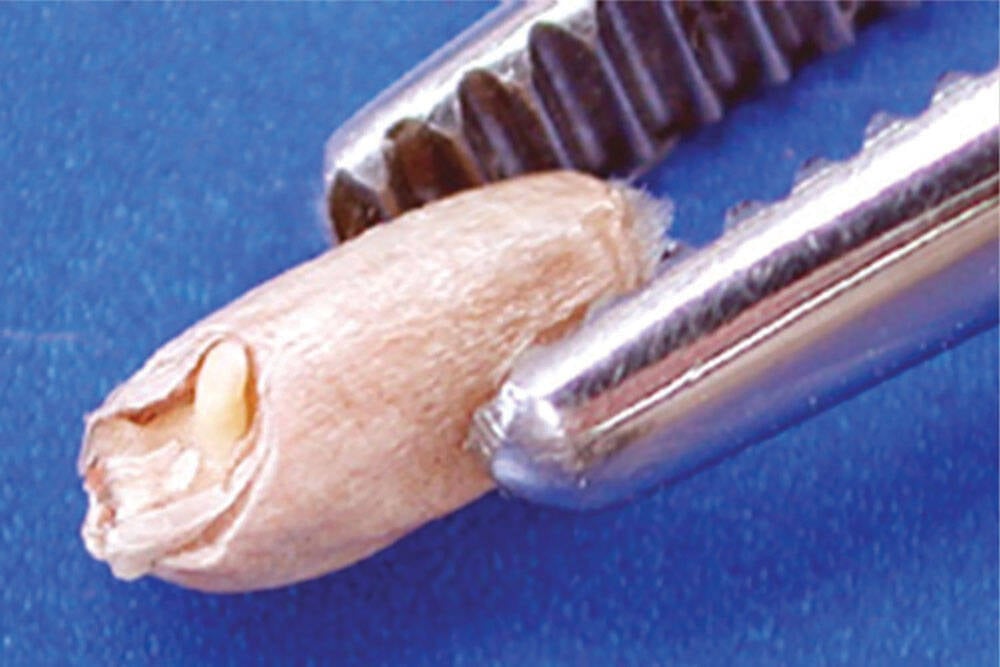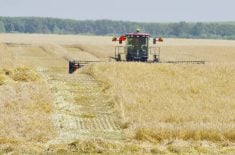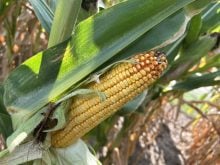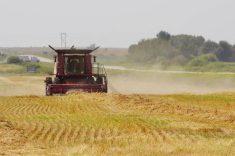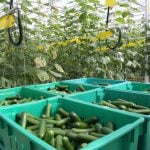There haven’t been a lot of rejections at the elevator so far, but the combination of wet conditions and crops in the swath have Manitoba Agriculture specialists advising grain producers on how to handle sprouted wheat.
Severely sprouted wheat can present challenges for marketing through normal grain channels, said Anne Kirk, provincial cereal specialist.
“If you have a situation where you have a swathing and these kernels kind of look like maybe something that would have shelled out as it was being swathed, you’d be in a situation where you’re waiting for a frost to kill that, or having to draw your green because you have such sprouting in there.”
Read Also

RNAi research looks for genetic-level flea beetle control
A Vancouver agri-tech company wants to give canola growers another weapon, hitting target insects at the sub-cellular level, for use in the never-ending battle against flea beetles.
WHY IT MATTERS: Manitoba farmers had harvest interrupted in mid-September with a spate of rainy weather.
Large patches of southern Manitoba saw anywhere from 30 to 40 millimetres of rain Sept. 11-12, according to a special precipitation map put out by the province. Small parts of the southwest and southeast saw over 50 mm.
Rain also stretched into the following days. From the evening of Sept. 14 to the morning of Sept. 16, Manitoba Ag weather stations measured up to 25.6 mm in central Manitoba and 57.9 millimetres in the southwest (measured at Waskada). Smaller rain amounts hit the Interlake and east. The northwest, however, saw the bulk of the rain those days. Notable rain amounts included 66.1 mm at Pipe Lake, 64 mm at Grandview, and a string of rain storms that led to flooding dropped a whopping 89.3 mm on Keld and 107.2 mm on Ethelbert over 16 hours.
The heavy rain led to a local state of emergency due to flooding around Ethelbert.
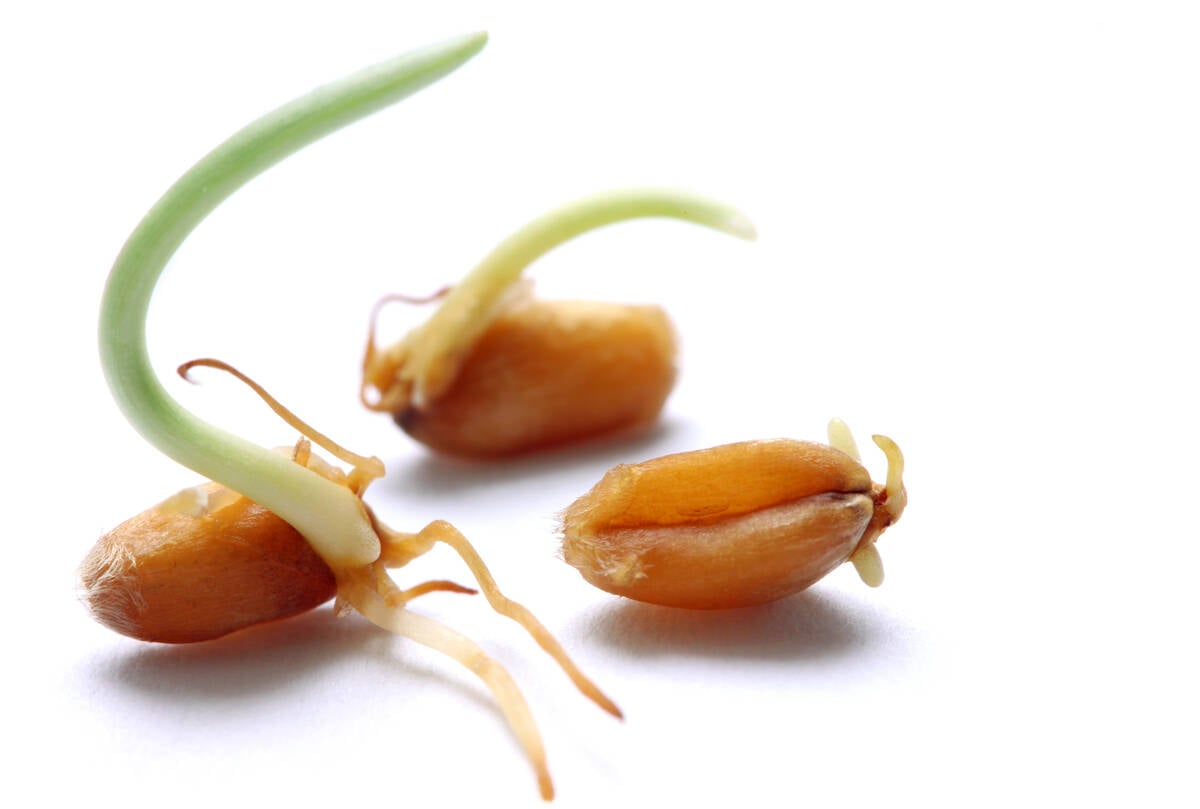
Wheat quality
Local elevator feedback suggested the problem remains manageable, Kirk said during a Manitoba Agriculture Crop Talk webinar Sept. 24.
“There’s quite a bit of wheat in my area that’s still in the field, just because we’ve had a lot of a lot of moisture this harvest season. So, the buyer there had said that they have seen some sprouting, but nothing that they’ve had to reject at this point.”
Crop updates particularly note areas north of Highway 16 in the southwest as experiencing some sprouting.
Spring wheat harvest stands at 93 per cent complete provincially, according to the latest crop report, released Sept. 23, though some regions lag due to recent rainfall. The northwest region is 85 per cent complete.
Following the wet week, provincial harvest completion averaged around 56 per cent across all crops. Many producers are hoping for extended dry weather to complete harvest operations and minimize quality issues, the province noted.
Strict limits on sprouted grain
There are strict grading standards that govern sprouted wheat. For Canada Western Red Spring wheat, only 0.1 per cent sprouting is permitted for No. 1, two per cent for No. 2, and three per cent for No. 3, Kirk said.
“The issue with sprouting is that it’s really hard to blend falling numbers. So, when you have severely sprouted kernels, you’re expecting very low falling numbers.”
Farmers are forced to sell their wheat as feed can expect a price gap of $1.30 a bushel, Kirk noted, with No. 1 wheat currently trading around $7 per bushel, compared to about $5.70 for feed wheat.
Lionel Kaskiw, crop production specialist with Manitoba Ag, also observed the blending challenges during a recent elevator visit.
“The amount that they could blend is very little…you need to bring in a lot of wheat to cover a semi load of sprouted wheat,” he said.
Kirk recommended taking samples to elevators for assessment and getting on feed grain purchasing lists if necessary. Elevator capacity for feed is typically more limited.


